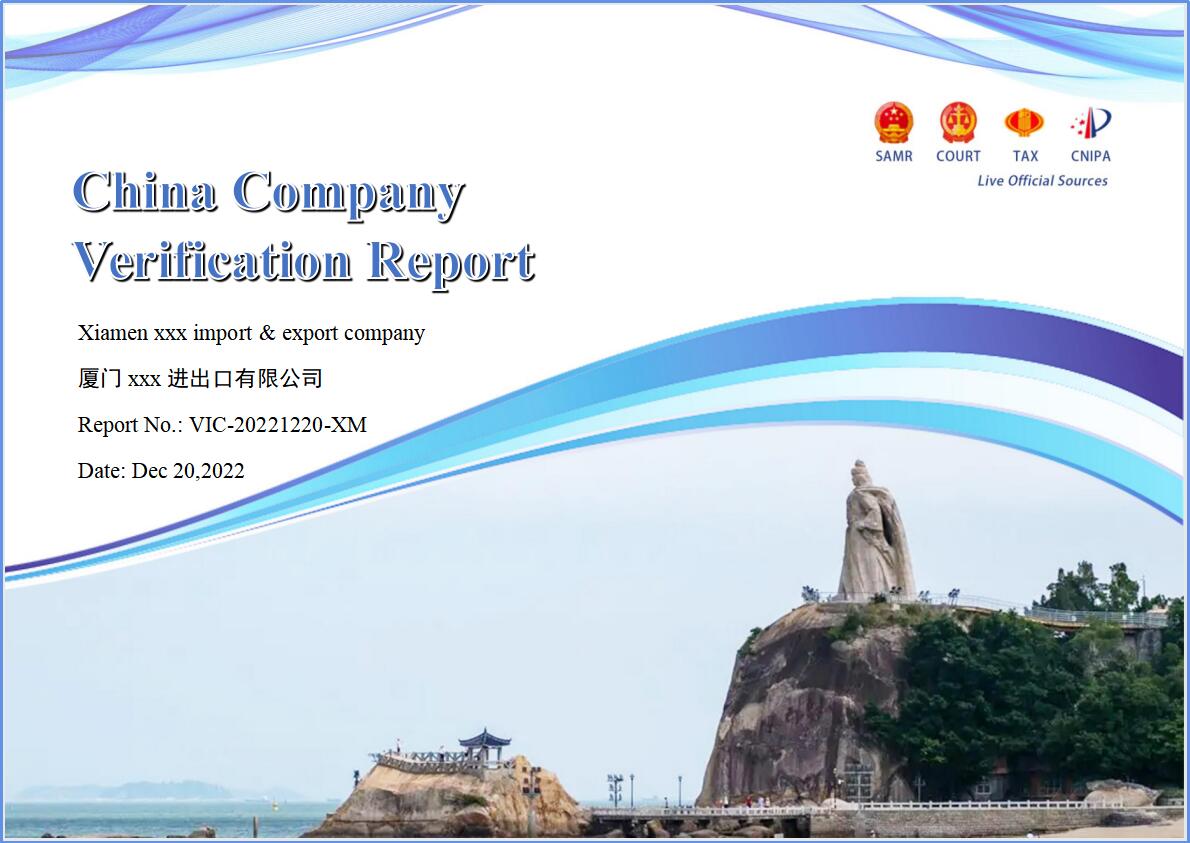Fukang City, a county-level city under the jurisdiction of Changji Hui Autonomous Prefecture of Xinjiang Uygur Autonomous Region, is located in the north-central part of Xinjiang, at the northern foot of the eastern Tianshan section (Bogda Mountain) and the southern edge of the Junggar Basin, bordering Jimusar County in the east, Midong District in the west, Urumqi County in the south, and Fuyun County in Altay Region in the north, with a total area of 8545 square kilometers.
In the forty-first year of Qianlong's reign in the Qing Dynasty (1776), given that it was an important post station on the northern route of the Silk Road during the Han and Tang Dynasties, Qianlong gave it the name Fukang, meaning "the well-being of the people". On November 3, 1992, Fukang was withdrawn from the county and established as a city. The territory has unique tourism resources. From Bogda Peak to Gurbantunggut Desert, there are snow glaciers, alpine meadows, forest lakes, Gobi oases, desert Populus euphratica and other landscape belts within a vertical distance of 80 kilometers from the north to the south. It is known as the Xinjiang Geological and Landform Museum and known as the "living room of Xinjiang".
In 2018, Fukang had a total population of 164000. In 2019, Fukang had three streets, four towns, and three townships under its jurisdiction, and three farms. The gross regional product was 19.16 billion yuan, of which 2.73 billion yuan was the first product, 11.43 billion yuan was the second product, and 4.999 billion yuan was the third product.
Minimize the Risk and Scam
Within 2 Working Day
$ 135 USD
